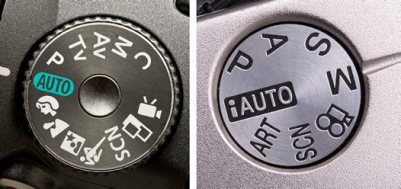Congratulations on your new Nikon or Canon DSLR. Maybe some smooth talking salesman talked you into buying an Olympus, I’m so sorry. (Do they even make Olympus anymore??) Regardless of what manufacturer you own, the technology in today’s cameras are incredibly advanced and designed to help you achieve the best image possible. Note what I just wrote- “…designed to help you…” This is going to be important to remember because too many people think that a better camera will equate to better images. They are discouraged when they set the camera to full auto and are disappointed in the results. Your camera is a tool and that tool is only as effective as the knowledge you have to operate it. The path to that effective knowledge is not difficult. Understanding (not just knowing) the fundamentals of photography is key. Understanding the fundamentals is what is going to make a good photo, a great photo. Instead of getting good shots by getting lucky, you’ll be producing great shots on purpose.
Become friends with your camera. Don’t be overwhelmed by all the buttons and all the information flashing on your menu screen, you’ll be amazed at how quickly you will learn all the functions and how they can affect your image. Begin the process by setting your Program Mode to full Auto and spend a couple of days taking photos under every kind of situation you can find. Full sun, full shade, cloudy, windy, moving objects, etc. Don’t worry about if the image is going to be good or not. The idea is to see what your camera is and isn’t capable of doing. Have fun while your doing this, don’t think of it as a chore or assignment.


Once you feel comfortable that you’ve shot in every scenario you could think of, download your images to your computer and review what you’ve captured. You’ll probably discover that under the best of conditions, the camera probably did a pretty decent job at capturing what you saw. Are they as good as you envisioned when you pushed the shutter? What would have made the image better?? Hopefully, if you followed the directions, you’ll discover that camera did not perform that well in many instances. Maybe it was a poorly lit room, maybe it was blurry from some movement by an object. This is exactly what we want and it’s exactly why you need to understand the fundamentals of photography. Now that you know your camera’s limits, you’ll need to know how to compensate for them.
To be continued…..
